From scorching heat to toxic chemicals to crushing pressure, the planet is full of places humans can’t survive without serious gear—or at all.
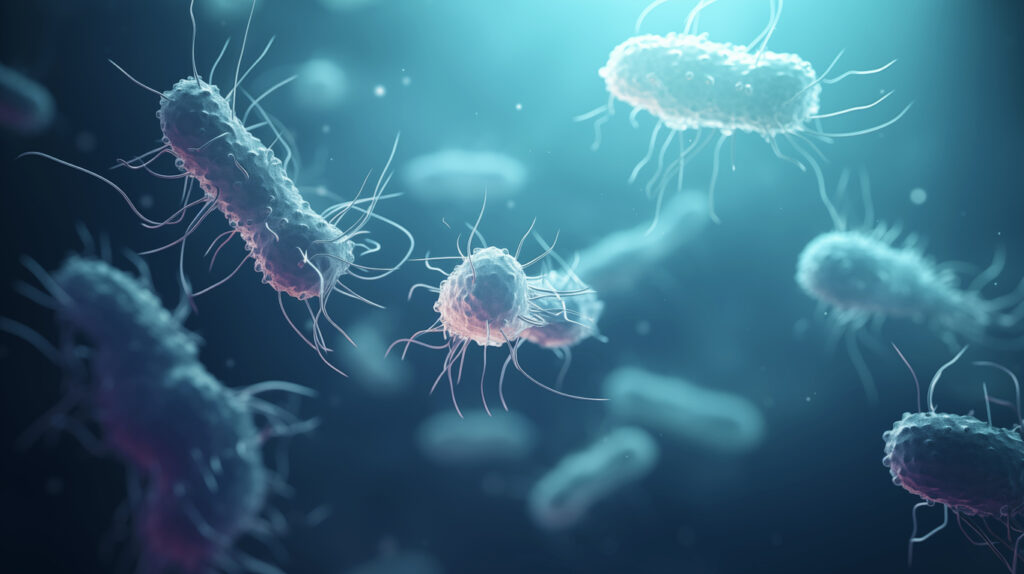
However, some organisms don’t just survive in these extremes—they flourish. These life forms have evolved to handle conditions that would wipe us out in seconds. Here are some of the creatures that make the impossible seem routine. How they do it, we’ll probably never really know. It’s just evolution, we guess!
1. Tardigrades (Water Bears)

Tardigrades are the ultimate survivalists. These microscopic creatures have been found in boiling springs, Antarctic ice, and even the vacuum of space. When conditions get too extreme, they dry out completely and enter a state called cryptobiosis—basically pressing pause on life.
In this state, they can survive radiation, freezing, dehydration, and temperatures close to absolute zero. If humans faced the same extremes, we’d be destroyed at the cellular level. Tardigrades, on the other hand, just shrug and wait it out.
2. Pompeii Worm (Alvinella pompejana)
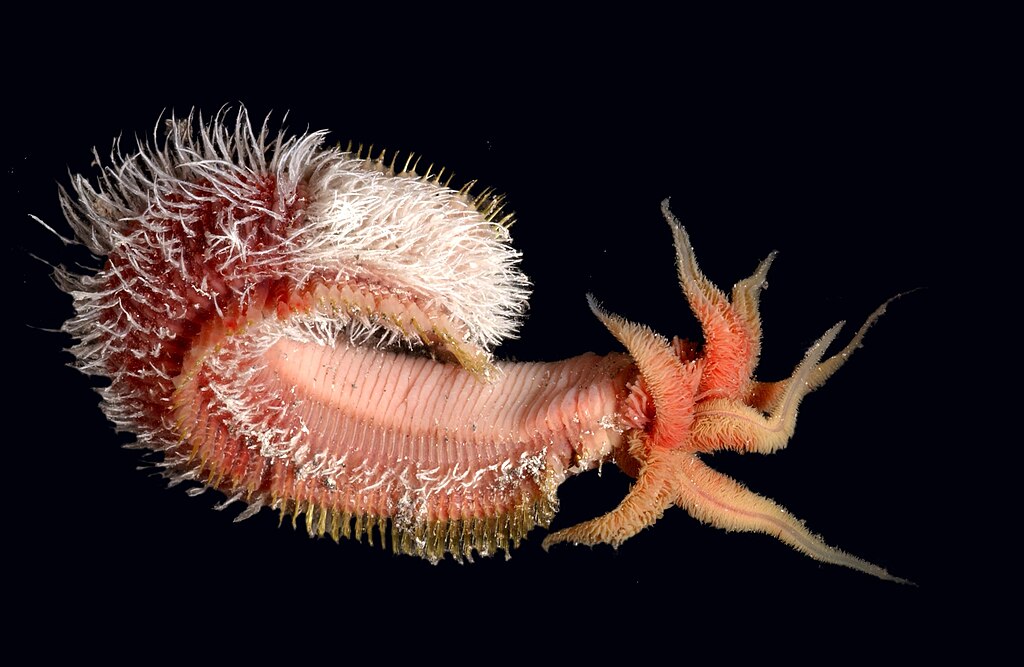
Living near hydrothermal vents on the seafloor, Pompeii worms endure temperatures that swing between near freezing and over 80 °C. For perspective, water this hot would scald human skin within seconds—but these worms have found a way to make it work.
They live in mucus tubes attached to the vent walls, with their feathery heads in cooler water and their tails soaking in the heat. A symbiotic layer of heat-resistant bacteria on their backs acts like a thermal shield, giving them one of the highest known tolerances to heat of any animal.
3. Halobacterium
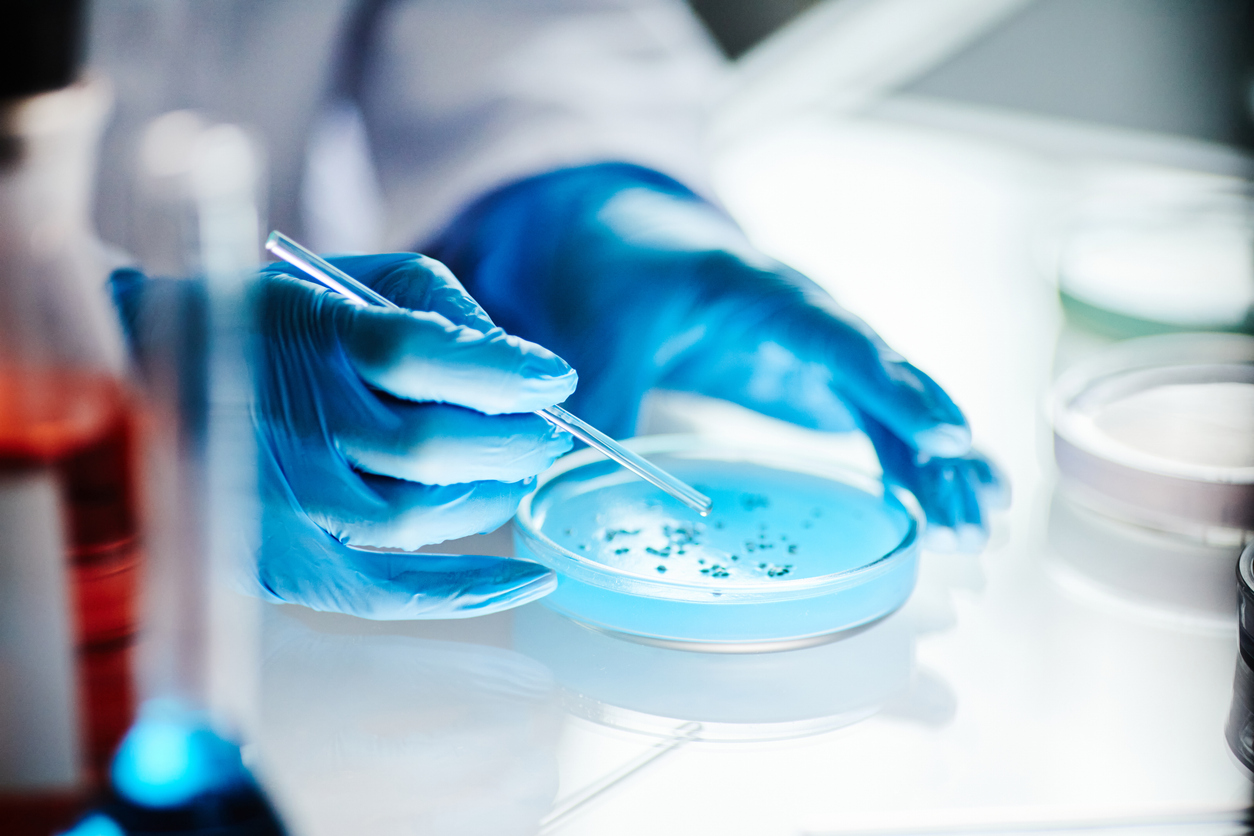
This salt-loving microbe thrives in hypersaline environments that would turn human cells into shrivelled husks. Places like salt flats, salt mines, and even highly concentrated brine pools are home turf for Halobacterium. Rather than resisting the salt, these microbes use it to their advantage, pumping it into their cells to maintain balance. While humans would be dehydrated and destroyed by the same conditions, Halobacterium goes about its business like nothing’s wrong.
4. Ice Worms

Found in glaciers and snowfields, ice worms stay active at temperatures just below freezing, and die if they get too warm. While humans need heavy gear to even stand on a glacier, these tiny worms wriggle through the ice like it’s a summer day. They feed on algae and bacteria trapped in the snow, and their bodies are adapted to stay fluid in the cold without freezing solid. In fact, they’re so dependent on the cold that temperatures above 5 °C can kill them within hours.
5. Riftia pachyptila (Giant Tube Worm)
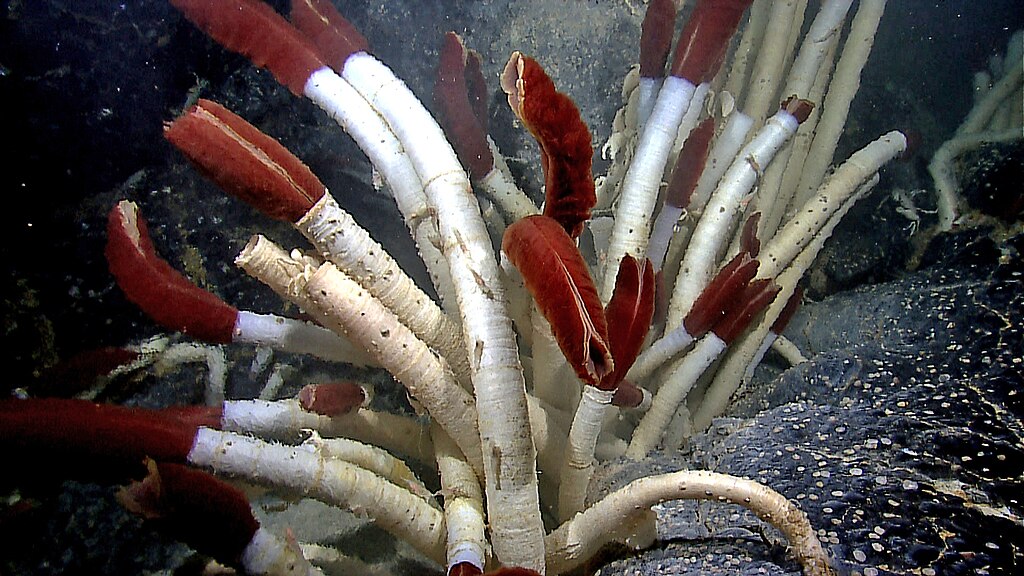
These enormous tube worms, found around deep-sea hydrothermal vents, can grow over two meters long without ever needing to eat in the traditional sense. They rely on symbiotic bacteria that live inside them to convert hydrogen sulfide into energy—a chemical that’s highly toxic to humans.
They live in near-total darkness, under extreme pressure, and in water that’s hot enough to cook most living things. But their ecosystem is stable, strange, and completely independent of sunlight—something humans can’t live without.
6. Acidophiles

These acid-loving microbes can survive in environments with a pH close to zero—about the acidity of battery acid. Found in places like acid mine drainage sites or hot sulphur springs, they operate in conditions that would dissolve human skin instantly. Rather than being damaged by acid, acidophiles rely on it to maintain their cellular functions. It’s not just that they’re resistant—they actively require conditions that would be fatal to nearly every other form of life.
7. Brine Shrimp (Artemia)

Often called sea monkeys, brine shrimp can survive in extremely salty lakes where almost nothing else lives. They’re also able to go dormant in dry, oxygen-deprived conditions for years, hatching only when water returns. Their eggs are so resilient they’ve been used in space experiments, and their ability to tolerate fluctuations in oxygen, salinity, and dryness makes them small but mighty survivors in otherwise lifeless places.
8. Black Smokers’ Bacteria
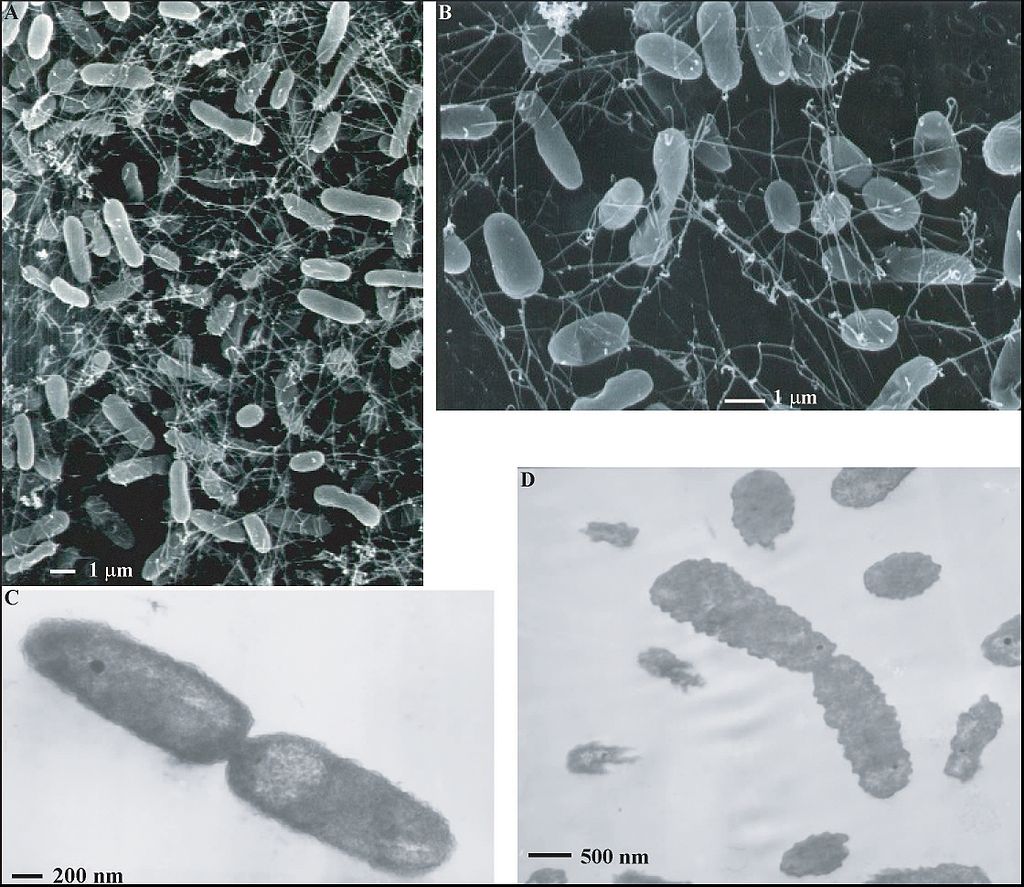
Black smokers are hydrothermal vents that spew superheated, mineral-rich water into the deep sea. Temperatures can reach 400 °C—far beyond what would kill a human instantly. And yet, entire microbial ecosystems thrive around these vents.
These bacteria use chemosynthesis to convert sulphur and methane into energy, forming the base of a food web that exists completely without sunlight. It’s life thriving in pure darkness, pressure, and toxicity—conditions that turn most other organisms to dust.